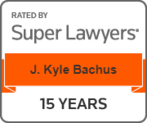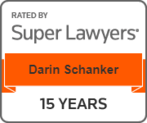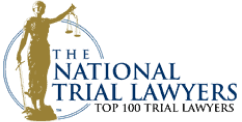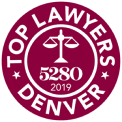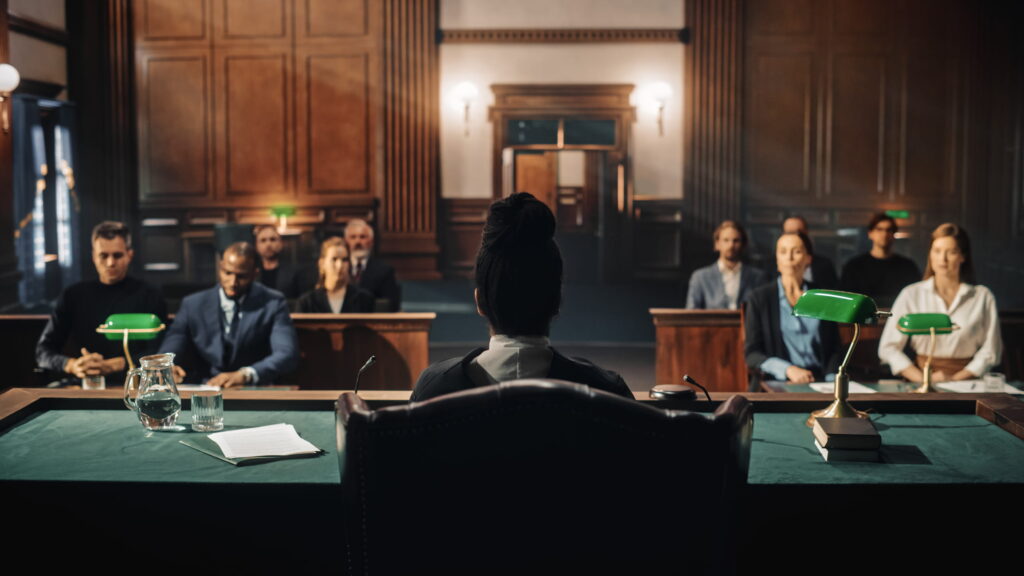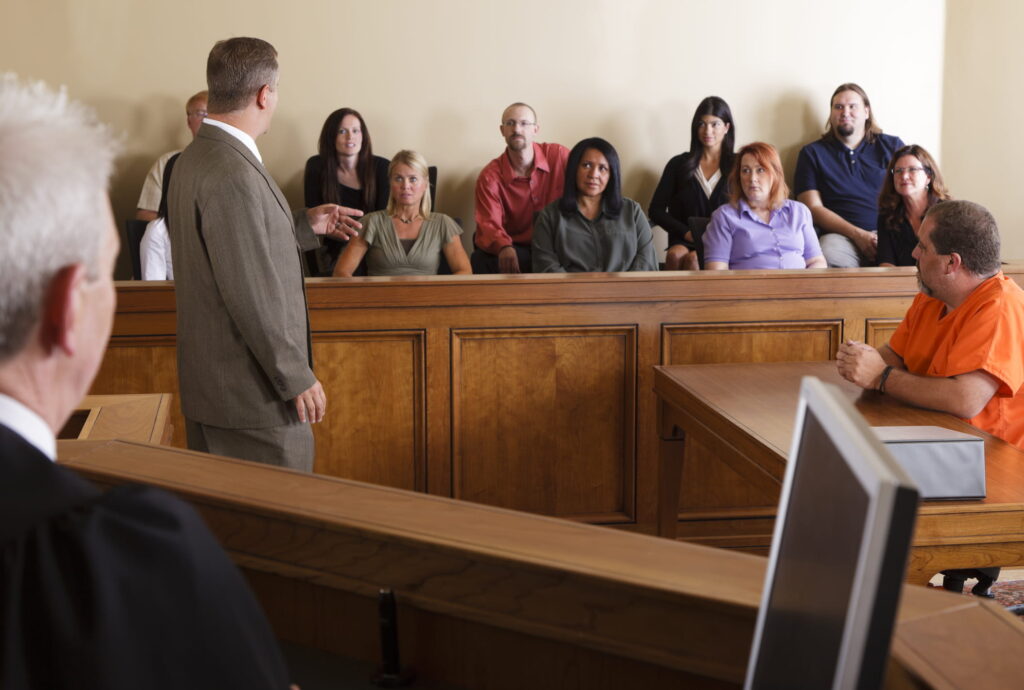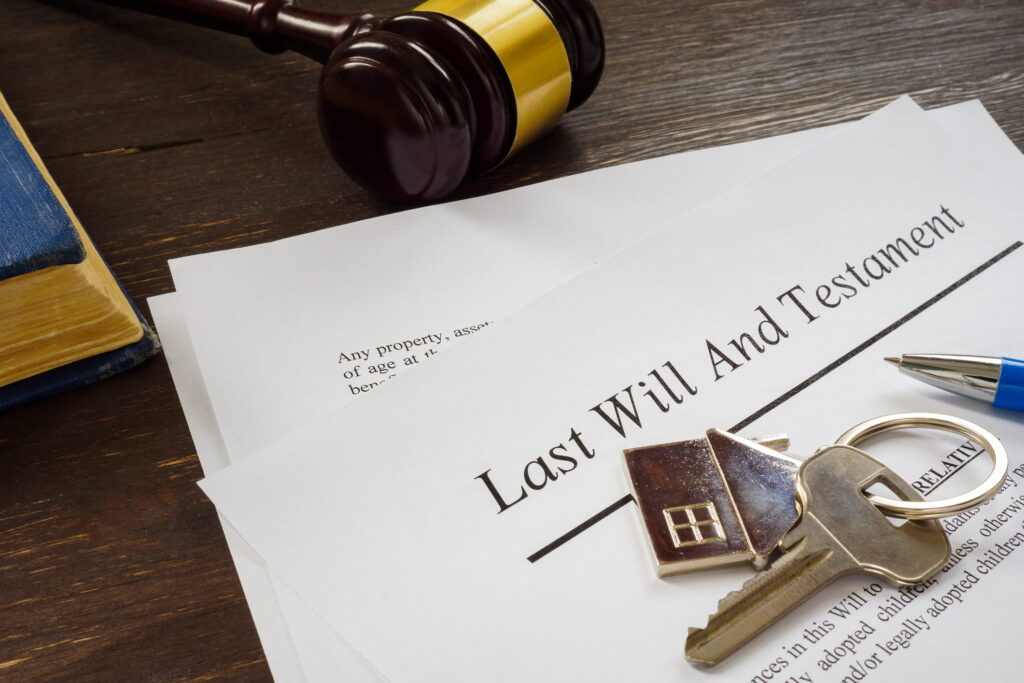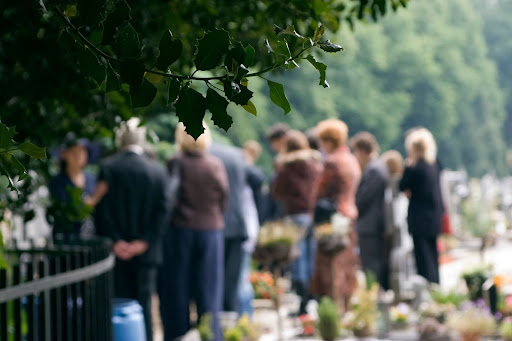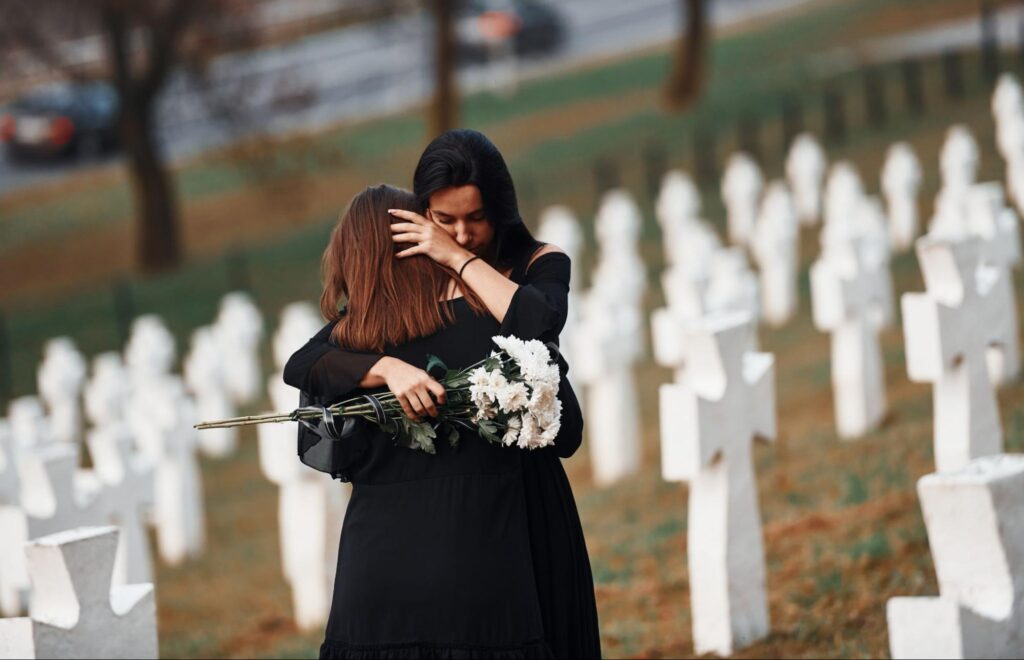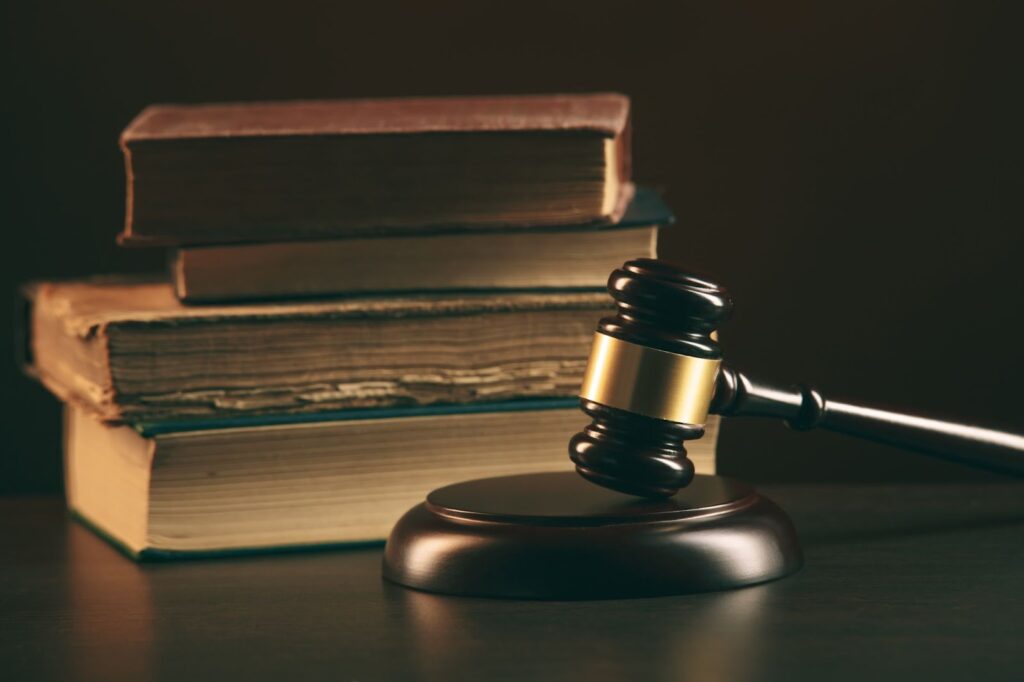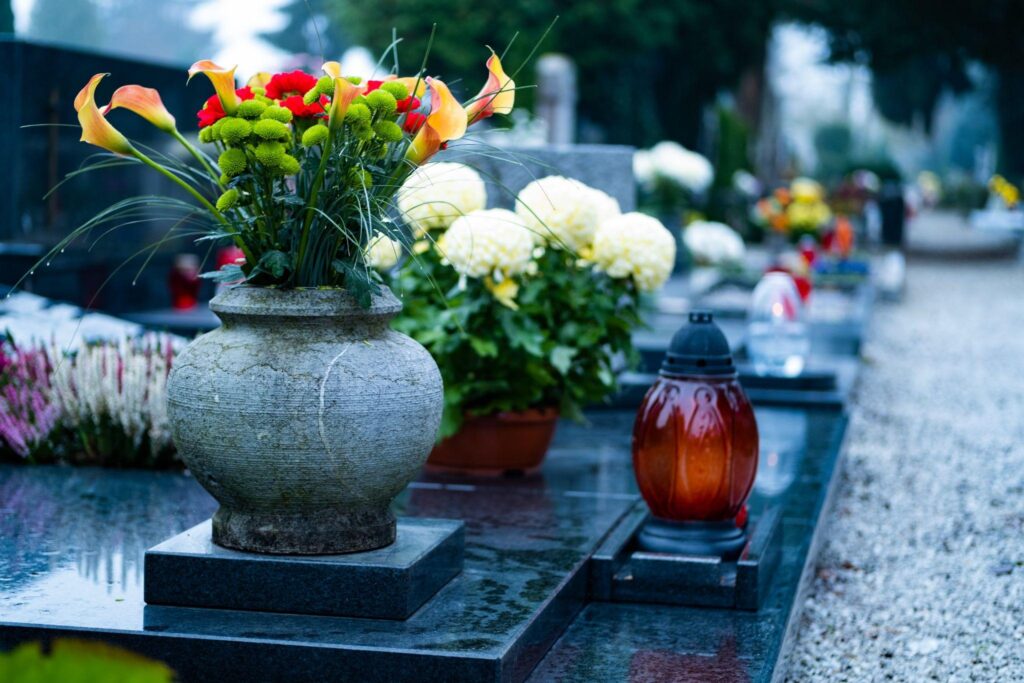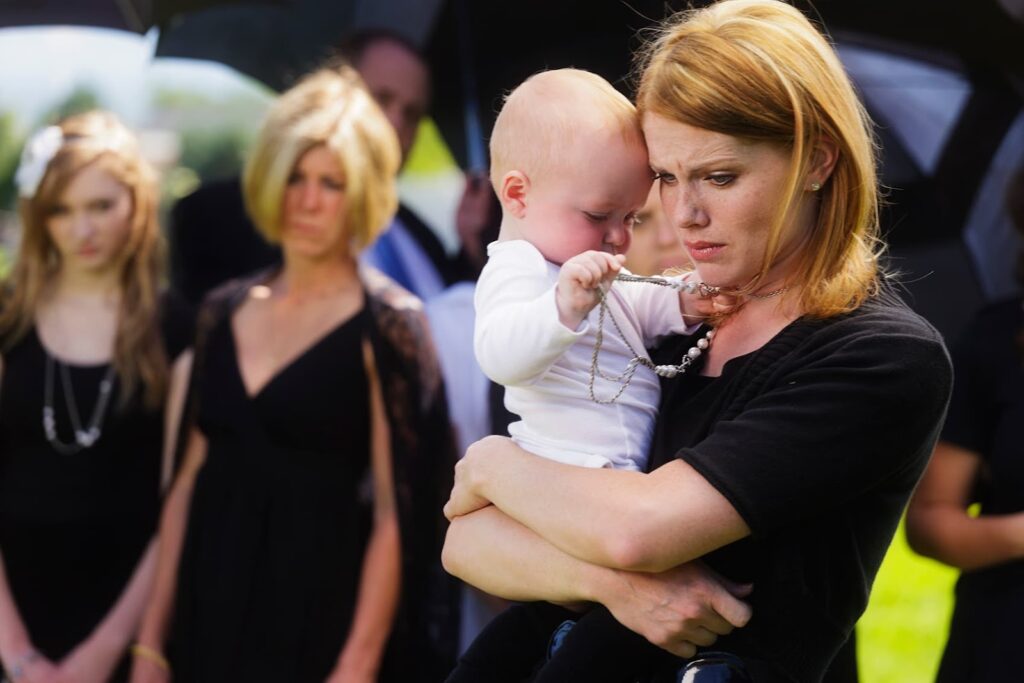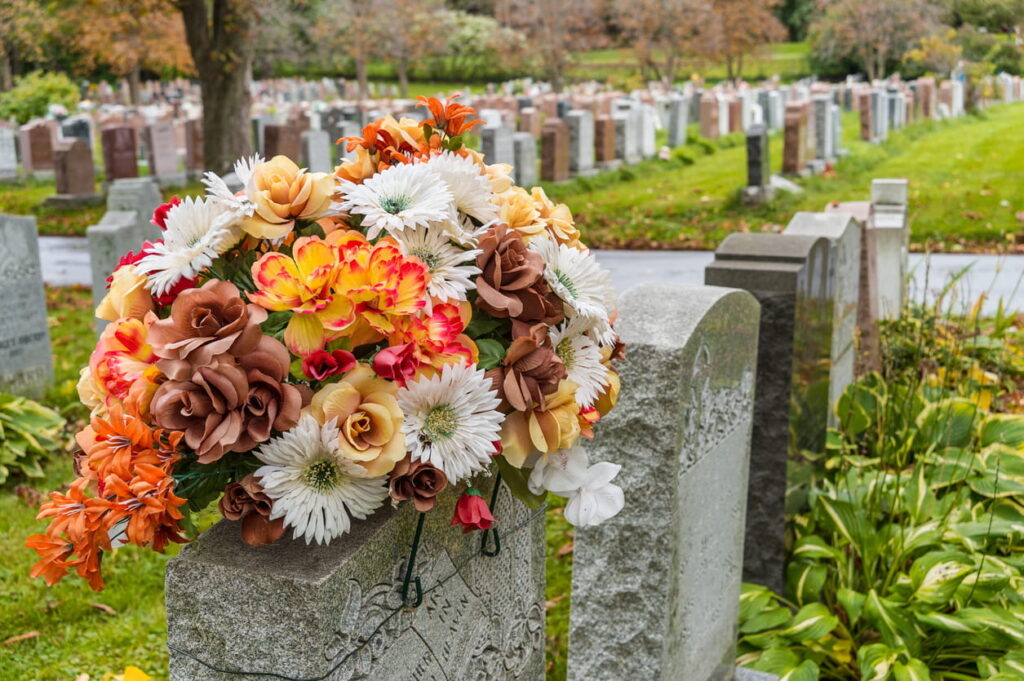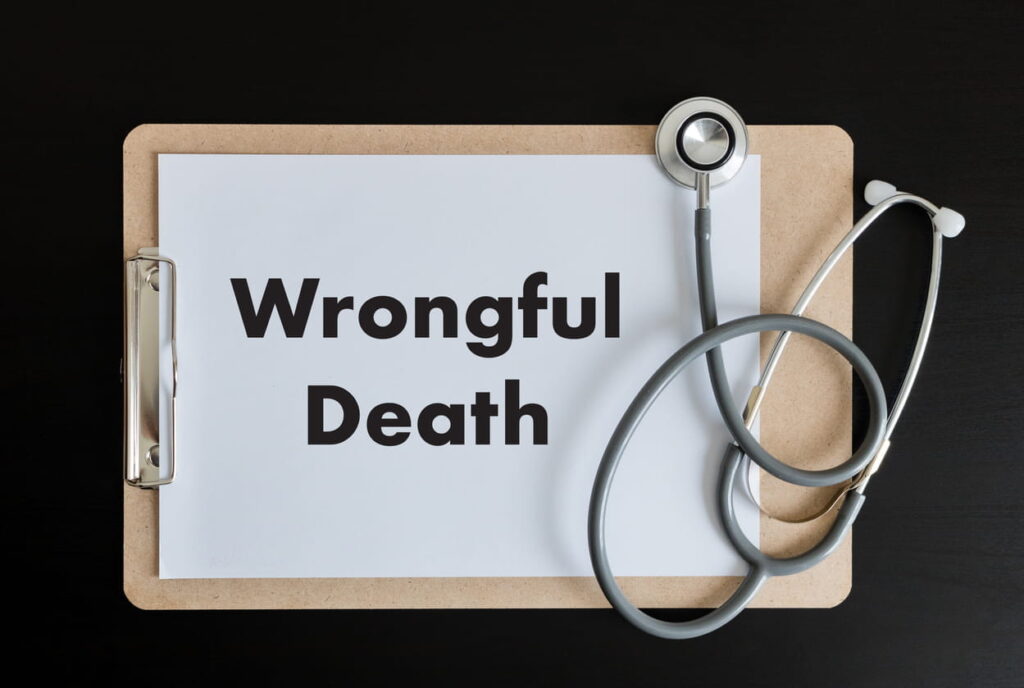Wrongful Death Lawsuits And Filing Negligence Claims
When you’ve lost a loved one in an accident, you may file a legal claim for wrongful death. While a claim doesn’t bring your loved one back, it can give you justice and hold others accountable for what caused the accident. Of course, the next question is, How do I go about filing a wrongful death negligence claim?
The Bachus & Schanker, LLC, Elite Litigation Group of attorneys have put together a step-by-step guide on claiming wrongful death and what’s involved in filing a negligence claim.
Bachus & Schanker Wins – Over $1 Billion Recovered
- 1. Determine Who the Other Party Is
- 2. Prepare a Civil Claim (As Opposed to Criminal)
- 3. Choose the Right Court With Jurisdiction
- 4. Investigate Damages
- 5. Prepare the Complaint
- 6. Understand the Laws of Negligence
- 7. Make the Jury Demand at the Appropriate Time
- 8. Service of Process
- 9. Building the Evidence, Conducting Discovery
- 10. Continuing the Legal Process Through Trial or Settlement
- How Long Does It Take To Settle a Wrongful Death Lawsuit?
- How Do You Split a Wrongful Death Settlement?
- Attorneys for Filing Wrongful Death Negligence Claims
- Visit Our Office Locations Across Colorado & Beyond
- Related Wrongful Death Resources
- You Deserve Fair Compensation
1. Determine Who the Other Party Is
The first step in how to claim negligence in wrongful death is determining who is responsible for the accident. The answer may not be so obvious.
For example, if the accident is a car accident, both the driver and their employer may be liable. There could also be fault with the vehicle manufacturer, a nearby pedestrian or even another driver with an unsecured load. It’s essential to begin any wrongful death negligence claim with an investigation of who to name as a defendant. Naming the right defendant or defendants not only holds the right people accountable, but it also gives you multiple avenues to recover the appropriate compensation.
2. Prepare a Civil Claim (As Opposed to Criminal)
You need to prepare a written lawsuit to start the case. What you’re preparing is a civil claim. A civil suit is a legal dispute involving two private parties.
Even though a person may have also committed a crime, the wrongful death claim for financial compensation is a civil case. It’s the plaintiff that drafts and submits their own complaint. As you begin to draft your complaint, remember that you’re preparing a civil claim. If there is a criminal case, law enforcement and a state attorney pursue it separately.
3. Choose the Right Court With Jurisdiction
When you file a legal claim, it needs to be heard in the right court. Courts don’t just hear any kind of case. You have to file the lawsuit in a court that has the authority to hear it.
Courts are organized in several different ways. There are state and federal courts, for example. State courts hear various cases based on the amount of money involved and the subject matter.
Where you file the claim may even change the law that applies to the case. The legal and procedural differences can be significant. As you pursue your wrongful death lawsuit filing, carefully consider where you can and where you should file your claim.
4. Investigate Damages
When you bring a wrongful death lawsuit, you need to know what the end goal is. Specifically, you need to know what compensation you’re claiming and what categories these damages fall into. At the stage of just starting on your negligence claim, you don’t have to know the exact amount of the damages. But your complaint should clearly identify what relief you’re asking the court to award.
5. Prepare the Complaint
The complaint is the document that formally begins a wrongful death claim. At a minimum, a complaint must include:
- Case caption: Names of parties, court, case number, identifying information for the parties
- A brief statement of the facts
- Cause or causes of action
- Relief requested
- Signature
Preparing a complaint is a complicated endeavor. What you say now determines what rights you preserve as you proceed through the litigation. Be sure not to leave out any critical details. Errors may prevent you from receiving whole categories of damages. Mistakes may also stop your case cold in its tracks without any kind of compensation.
6. Understand the Laws of Negligence
When a wrongful death lawsuit is based on negligence, it’s crucial to have a fundamental understanding of what you need to prove. You have to show how the defendant acted with a lack of reasonable, ordinary care. Examples of negligence are careless or reckless driving, dangerous property conditions, malfunctioning products and more. The four elements of a negligence claim in a wrongful death case are:
- Duty of care to another person
- Breach of the duty based on reasonable standards
- Causation between the breach of duty and the harm
- Death of the victim
Be sure to give attention to each element as you build evidence in your claim.
7. Make the Jury Demand at the Appropriate Time
You have a right to a jury trial. But it’s not automatic. You must assert your right to a jury trial with a timely demand in the appropriate manner.
8. Service of Process
The defense has a right to know about the legal proceedings and participate. You must provide them with service of process when you file any court document. Service of process rules are based on Colorado Rules of Civil Procedure. The use of an E-Filing system is common in Colorado courts today.
9. Building the Evidence, Conducting Discovery
Filing your case is only the beginning. Once your claim is started, it’s time to build the evidence in earnest and conduct discovery. Even if the facts are on your side, you still have to go through the steps of documenting the evidence. The State of Colorado has rules in place for how to gather records and testimony and demand information from the defense.
10. Continuing the Legal Process Through Trial or Settlement
Wrongful death cases are complex. To get the results that you deserve, it’s critical to see your case through. The legal process can be tedious. However, it’s essential to keep working diligently in order to receive the results that you deserve.
How Long Does It Take To Settle a Wrongful Death Lawsuit?
On average, it takes between one and two years to settle a wrongful death lawsuit. That’s because wrongful death cases typically involve a significant amount of damages. It takes time to fully build the evidence and work towards a resolution. A claim may move faster or slower for various reasons, but the average time to settle a wrongful death lawsuit is one to two years.
How Do You Split a Wrongful Death Settlement?
How to split a wrongful death settlement depends on each state’s laws and what family members survive the deceased. In the State of Colorado, for example, a wrongful death settlement is split between the surviving spouse and children according to state laws of succession.
Attorneys for Filing Wrongful Death Negligence Claims
Have you lost a family member due to another person’s negligence? Are you wondering how to claim for hospital negligence and get financial relief for you and your family? If you are interested in filing a medical negligence claim, wrongful death claim or any other negligence claim, we invite you to contact our attorneys for a free consultation. We’re ready to help you get the compensation you need and deserve after the sudden loss of a loved one.
Visit Our Office Locations Across Colorado & Beyond
Serving Clients Nationwide
Related Wrongful Death Resources
You Deserve Fair Compensation
Don’t let the insurance companies intimidate you into accepting less than you deserve. We’re ready to fight for you.

Written and Legally Reviewed By: Kyle Bachus
4.6 ★★★★★ 1,461 Google Reviews
Kyle is a member of the Colorado Bar associations and has served on the Board of Directors of the Colorado Trial Lawyers Association for more than twenty years in total. Over the years, Kyle has achieved justice for many clients. He has served on numerous committees and repeatedly won recognition from his peers at both the state and national level. He is proud of the role he has played in the passage of state and national legislation to protect consumers and is a frequent speaker and guest lecturer.
